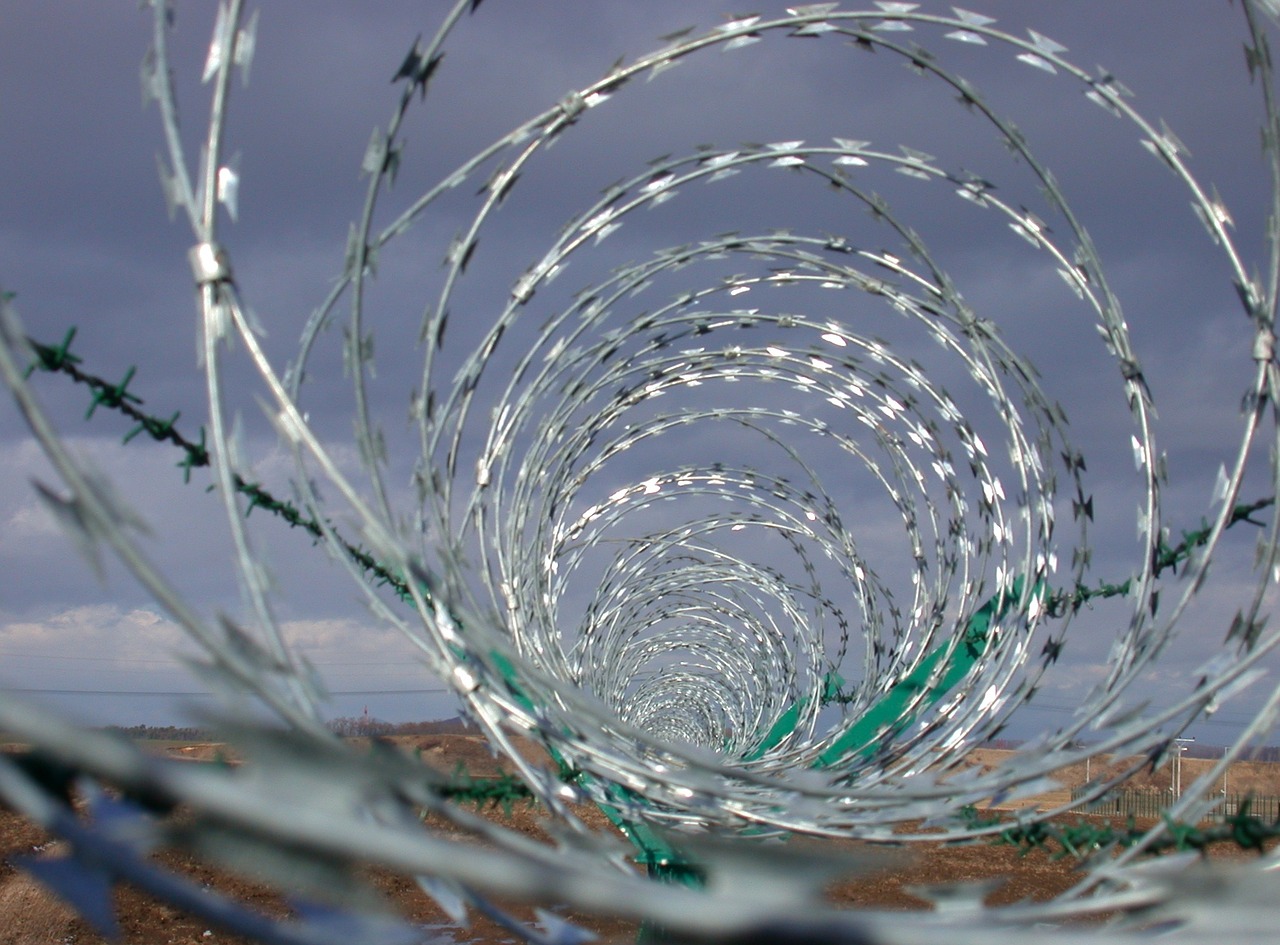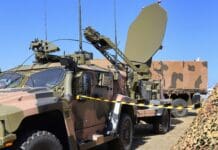This post is also available in:
 עברית (Hebrew)
עברית (Hebrew)
In their opposition to Trump’s physical border barrier, many Democrats have promoted “smart” border technology as a more effective and cheaper alternative to the $15 billion concrete-and-steel version Trump is racing to install.
This is why the U.S. Customs and Border Protection recent order of a new technological solution is surprising: artificial intelligence technology will be used on an unprecedented scale in a major border security project, pairing Trump’s giant steel barrier with the kind of “virtual wall” long favored by Democrats to prevent illegal crossings from Mexico.
The five-year agreement between CBP and Anduril Industries calls for the company to deploy hundreds of solar-powered mobile surveillance towers designed to operate in rugged locations.
With cameras and thermal imaging, they detect moving objects and feed an artificial-intelligence system capable of distinguishing among animals, humans and vehicles, sending location and mapping information right to the cellphones of U.S. patrol agents.
Border security experts and Anduril executives say the Lattice system is a breakthrough in border technology. The company claims the artificial-intelligence software is capable of distinguishing between an animal and a human with 97 percent accuracy, reducing the number of times agents respond to sensors triggered by cattle, deer, peccary and other large mammals wandering the borderlands.
The system does not use facial recognition or other personal-identification technology, minimizing the privacy concerns typically associated with the deployment of powerful government surveillance equipment across large open spaces. It is designed primarily for use in remote border regions with few people, not urban areas with more crossings, to provide agents with what the company calls “wide area understanding.”
The CBP contract designates the Anduril system as a “program of record,” meaning a technology so essential it will be a dedicated item in the homeland security budget. While it does not specify a dollar amount, Anduril executives said the agreement is worth several hundred million dollars.
CBP stated that it plans to deploy 200 “Autonomous Surveillance Towers” by 2022. It says agents can set up an individual such system at a location along the border in just two hours.
“These towers give agents in the field a significant leg up against the criminal networks that facilitate illegal cross-border activity,” Border Patrol Chief Rodney Scott said in the statement, which does not mention Anduril by name.“
According to washingtonpost.com, Anduril’s deal with CBP allows it to showcase its artificial-intelligence system, Lattice, as an all-seeing shield that can protect U.S. military bases and other strategic sites.
The company also has developed aerial drones that can be deployed to feed the Lattice system, but the company said it is not planning to use that equipment for its contract with CBP and will rely instead on the tower-mounted mobile cameras.


























